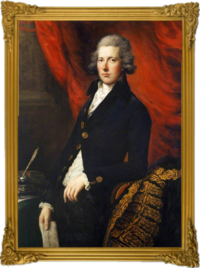Template:/page: Difference between revisions
Jump to navigation
Jump to search
No edit summary |
No edit summary |
||
| Line 28: | Line 28: | ||
|style="text-align: center; font-size: 12px;" colspan="2"|[[File:EgBgDc5-removebg-preview.png|180px]] | |style="text-align: center; font-size: 12px;" colspan="2"|[[File:EgBgDc5-removebg-preview.png|180px]] | ||
|- | |- | ||
|style="text-align: center; font-size: 12px;" colspan="2"|''' | |style="text-align: center; font-size: 12px;" colspan="2"|'''Royal Governmental Arms''' | ||
|- | |- | ||
|} | |} | ||
Revision as of 01:14, 8 December 2022
| The Right Honourable | ||
| Prime Minister | ||
| Of the Empire of Great Britian and Ireland
| ||
| Incumbent | ||
| The Baron of Lomond | ||
| -- | ||
| 5 October 2022 - Present | ||
| Preceded by | His Grace the Duke of Somerset | |

| ||
| Royal Governmental Arms | ||
The Prime Minister is the head of the government. After a general election, the leader of the political party that has won the most seats in Parliament is invited, by the sovereign, to form a government. This person is then known as the prime minister-designate. The prime minister-designate then writes a speech that the sovereign delivers during the State Opening of Parliament. In a Joint Session, Parliament votes on the Speech from the Throne. If a majority of members votes in favor, the prime minister-designate is considered to have enough support to become prime minister.
The Prime Minister chairs the cabinet, selects and dismisses ministers, and leads the government’s legislative agenda through Parliament.
